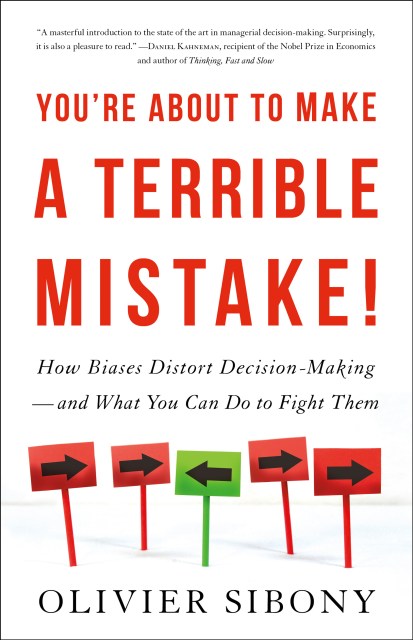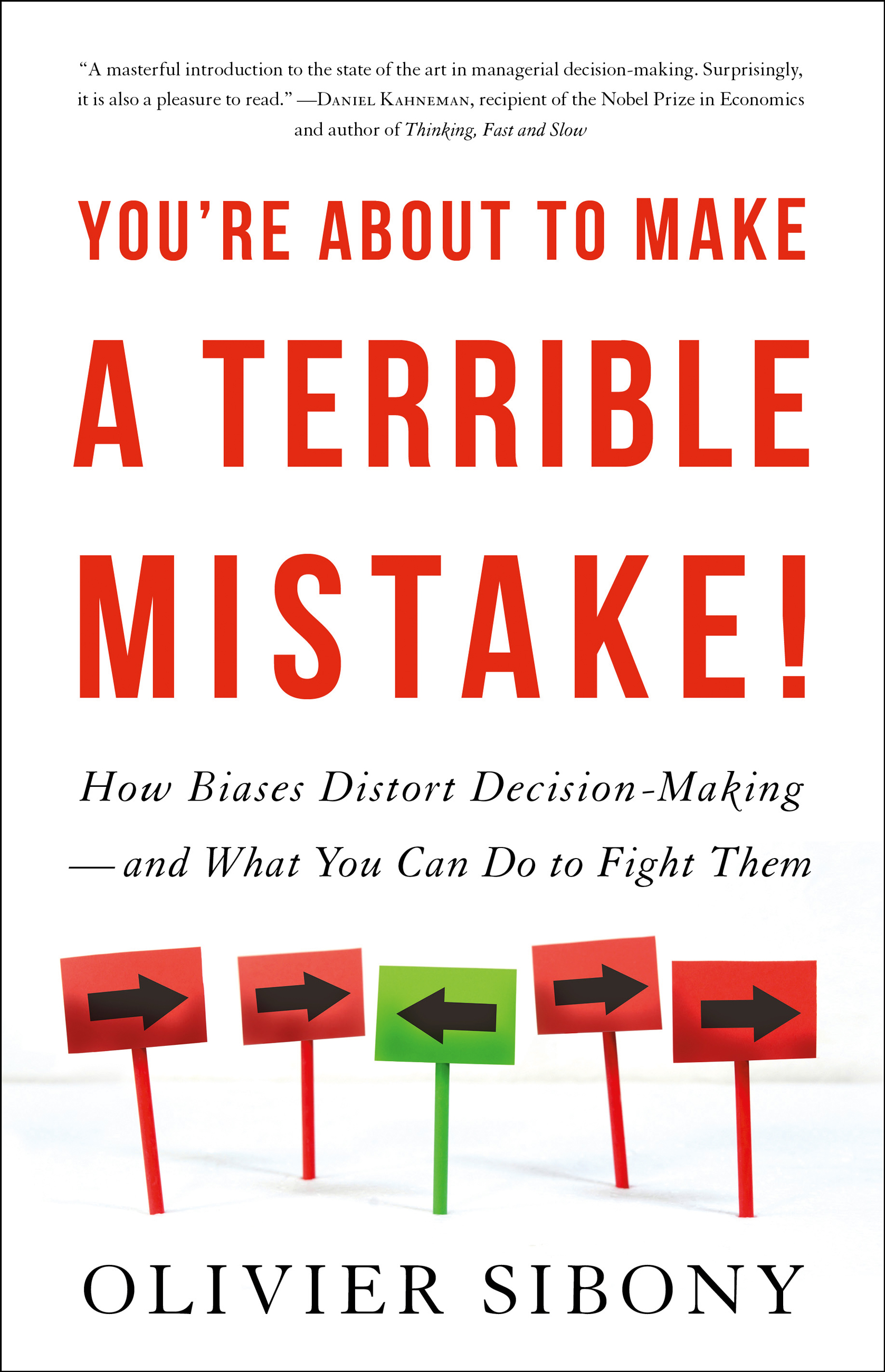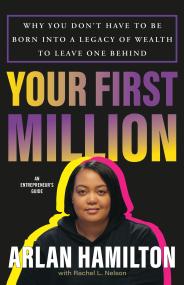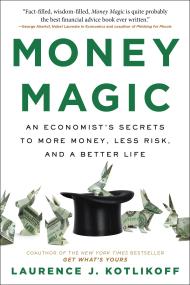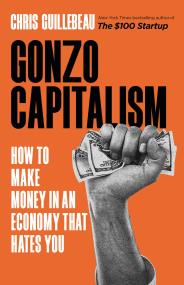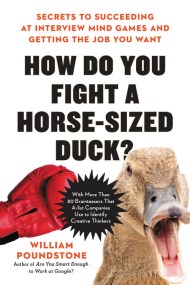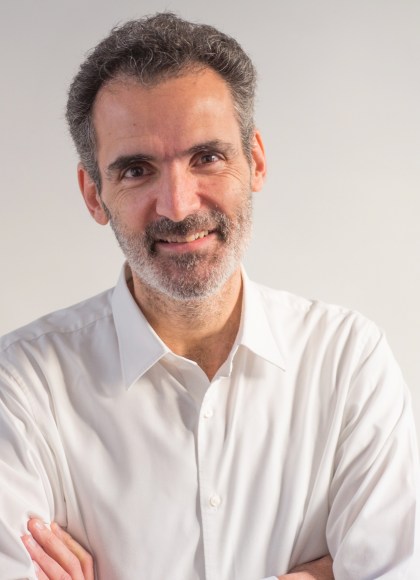Promotion
Use code MOM24 for 20% off site wide + free shipping over $45
You're About to Make a Terrible Mistake
How Biases Distort Decision-Making and What You Can Do to Fight Them
Contributors
Formats and Prices
Price
$14.99Price
$18.99 CADFormat
Format:
- ebook $14.99 $18.99 CAD
- Hardcover $29.00 $37.00 CAD
- Trade Paperback $17.99 $22.99 CAD
This item is a preorder. Your payment method will be charged immediately, and the product is expected to ship on or around July 14, 2020. This date is subject to change due to shipping delays beyond our control.
Also available from:
Discover nine common business decision-making traps — and learn practical tools for avoiding them — in this “masterful,” research-based guide from a professor of strategic thinking. (Daniel Kahneman, author of Thinking, Fast and Slow)
We all make decisions all the time. It’s so natural that we hardly stop to think about it. Yet even the smartest and most experienced among us make frequent and predictable errors. So, what makes a good decision? Should we trust our intuitions, and if so, when? How can we avoid being tripped up by cognitive biases when we are not even aware of them?In You’re About to Make a Terrible Mistake!, strategy professor and management consultant Olivier Sibony draws on dozens of fascinating and engaging case studies to show how cognitive biases routinely lead all of us — including even the most renowned business titans — into nine common decision-making traps. But instead of rehashing the same old “debiasing” techniques that fail managers time and again, Sibony explains that the best way to avoid the pitfalls of cognitive bias is to craft an effective decision-making architecture in your organization — a system of techniques and processes that leverage collective intelligence to help leaders make the best decisions possible — and provides 40 concrete methods for doing so.
Distinctive in the clarity and practicality of its message, You’re About to Make a Terrible Mistake! distills the latest developments in behavioral economics and cognitive psychology into actionable tools for making smart, effective decisions in business and beyond.
“Succinct, accurate, and even-handed. I loved it!” (Angela Duckworth, bestselling author of Grit)
“The best, funniest, most useful guide to cognitive bias in business. If you make decisions, you need to read this book.” (Safi Bahcall, bestselling author of Loonshots)
Genre:
-
"A masterful introduction to the state of the art in managerial decision making. Surprisingly, it is also a pleasure to read."Daniel Kahneman, author of Thinking, Fast and Slow
-
"Finally! Actionable advice for leaders based on decades of decision science. Succinct, accurate, and even-handed. I loved it!"Angela Duckworth, bestselling author of Grit
-
"Brilliant, fun, and wise -- a tremendous guide to sensible decision-making, in business and in daily life. Filled with vivid stories and big lessons, this book might well be the best investment you make this year."Cass R. Sunstein, Robert Walmsley University Professor, Harvard University, and author of How Change Happens
-
"An elegant synthesis of the best scientific work on human judgment that will be useful whether your aspirations in life are modest -- become a smarter consumer of news-or whether they are grandiose -- run a large company or country."Philip E. Tetlock, bestselling co-author of Superforecasting
-
"Olivier Sibony has written the best, funniest, most useful guide to cognitive bias in business. If you make decisions, you need to read this book."Safi Bahcall, bestselling author of Loonshots
-
"Olivier Sibony has that rare and magical ability to take complex concepts and package them in fast-paced, easy-to-understand narrative. Filled with actionable advice on how to make better choices, this book should be required reading for anyone looking to improve their decision process."Annie Duke, bestselling author of Thinking in Bets
-
"You're probably familiar with many of the biases that can ruin your decisions. The question is what to do about them when you're building your business strategy. Olivier Sibony has some compelling answers. Drawing on his extensive experience as a consultant and his impressive knowledge of behavioral science, he shows how you can make your team smarter than the people in it."Adam Grant, New York Times bestselling author of Originals and Give and Take
- On Sale
- Jul 14, 2020
- Page Count
- 336 pages
- Publisher
- Little Brown Spark
- ISBN-13
- 9780316494977
Newsletter Signup
By clicking ‘Sign Up,’ I acknowledge that I have read and agree to Hachette Book Group’s Privacy Policy and Terms of Use
